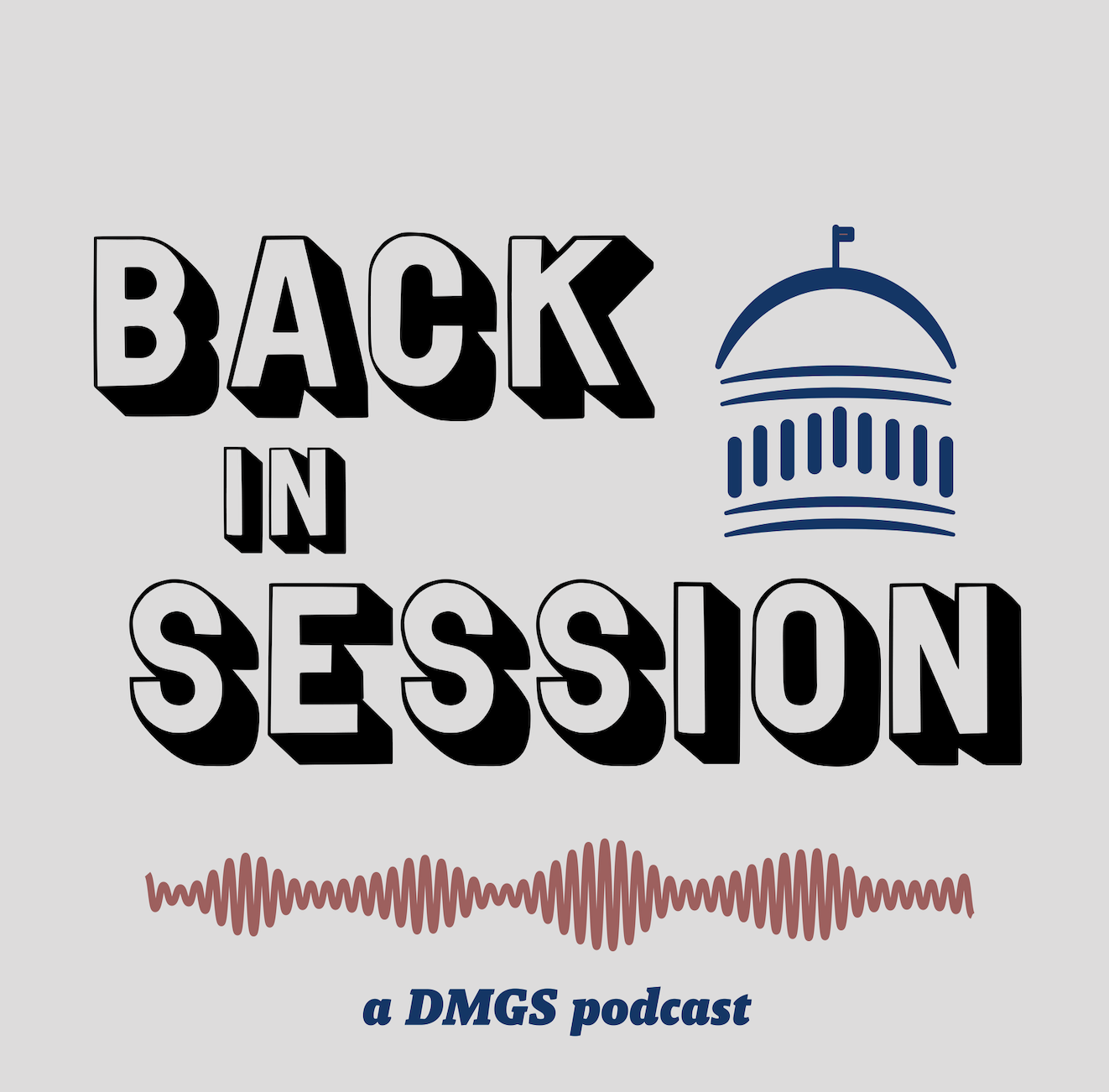
Like K-12 educational institutions and many other industries, the spread of COVID-19 has severely impacted higher education. COVID-19 forced many colleges and universities to close early and have remote graduations, even canceling or forcing summer classes online. Now, schools face decisions that will impact their students’ futures.
Centers for Disease Control (CDC) Guidance
Last updated May 30, 2020, the CDC issued guidance for institutes of higher education (IHEs) aimed at promoting ways IHEs can protect students, employees, and show the spread of the novel coronavirus. Noting the variance in IHEs and their local communities, the CDC stated that individual institutions might need to make modifications to implementation to best meet safety needs.[1]
To help IHEs make customized adjustments, the guidance includes guiding principles, which includes categorization of various IHE settings, which behaviors to promote that can help reduce spread, how to maintain healthy operations, and what preparations to take for when someone inevitably gets sick.
Categorization of IHE Settings and Risk of COVID-19 Spread
| IHE Setting/Risk | Lowest | More | Highest |
| General | Faculty and students engage in virtual-only learning options, activities, and events. | Small in-person classes, activities, and events. Individuals remain spaced at least 6 feet apart and do not share objects (e.g., hybrid virtual and in-person class structures or staggered/rotated scheduling to accommodate smaller class sizes). | Full-sized in-person classes, activities, and events. Students are not spaced apart, share classroom materials or supplies, and mix between classes and activities. |
| On-Campus Housing | Residence halls are closed, where feasible. | Residence halls are open at lower capacity, and shared spaces are closed (e.g., kitchens, common areas). | Residence halls are open at full capacity, including shared spaces (e.g., kitchens, common areas). |
Information for table collated from CDC Guidance [2]
While the listed behaviors that reduce spread do not include guidance for IHEs to utilize online or remote learning resources, they do list “Staying Home or Self-Isolating when Appropriate” as the first behavior to promote and encourage, including the suggestion to use the CDC’s criteria to shape return to work/school policies.[3] Other behaviors for IHE promotion mirror other workplaces: Cloth face coverings, adequate on-hand supplies, and posted signs and messaging promoting healthy behaviors.[4]
For maintaining healthy operations, the CDC focuses on groups, faculty, and staff utilizing virtual and remote resources for work, classes, meetings, and gatherings.[5] The CDC further recommends that IHEs designate a COVID point of contact, collaborate with community response efforts, and maintain awareness of the changing regulatory policies from state and local agencies.[6] The CDC recommendations are in addition to having designated communications systems in place for COVID-19 communications and staffing adjustments, such as new or flexible leave/sick policies, backup staffing plans training staff on new safety protocols, and health checks.[7]
In addition to releasing guidance for IHE and administrators, the CDC also released guidance for both foreign and US student citizens who have to travel abroad for school.
National Council of State Legislatures (NCLS) Overview[8]
Campus Closures
The University of Washington was the first major university to cancel in-person classes and exams on March 6.[9]
By mid-March, more than 1,100 colleges and universities in all 50 states followed suit and canceled in-person classes or shifted to online-only instruction.[10]These cancellations extended to many spring graduation ceremonies, with the ceremonies being canceled or postponed.[11]
Several schools (including Arizona State University, University of Alabama, the University of North Carolina system, and Texas Tech University) have announced plans to reopen campuses in the fall, with various social distancing approaches in place to protect student and faculty health.[12]
Other schools, including the entire California State University system, have announced they will continue online-only courses in fall 2020.[13]
Immediate Financial Challenges
Colleges and universities face expenses from the outbreak:
- Pro-rated refunds issued to students – These refunds will impact institutions differently, but for many schools with high numbers of students living on campus, the refunds will amount to a substantial unexpected cost.[14] For example, the University of Wisconsin system, which includes 13 campuses, estimates that it will issue about $78 million in refunds.[15]
- Dorm sanitation – Many schools had to spend additional money to clean dorms and other facilities after students left.[16]
- Increased technology costs associated with moving to online courses.[17]
There are also questions about whether students will want to continue paying costly in-person tuition for online classes and the long-term impacts of enrollment decline and retention.
Many colleges and universities have announced hiring freezes for faculty and pay cuts or furloughs for staff.[18]
Collegiate Athletics
The NCAA also announced the cancelation of all winter and spring championships and that it would cut distributions to Division I schools by up to $375 million.[19] Division I schools had been expecting to receive about $600 million in revenue through early June.[20]
The NCAA announced that all divisions would consider eligibility relief for student-athletes. However, the eligibility relief does not extend to winter sport athletes whose postseason tournaments were canceled by the NCAA.[21] On May 20, the NCAA announced Division I football and basketball athletes could resume voluntary activities on June 1.[22]
Refunds & Reimbursement
- New York SB 8107 – Requires SUNY and CUNY schools to refund students for housing credits and boarding charges when such schools are closed or shut down due to the coronavirus pandemic. Pending.[23]
Emergency Preparedness & Management
- Louisiana SB 481 – Requires postsecondary education management boards to adopt policies to address the negative impacts on postsecondary students, faculty, and other employees by the public health emergency declared by the governor in response to the novel coronavirus, COVID -19. Pending.[24]
- Maryland HB 187 – Requires public institutions of higher education to submit an outbreak response plan to the Maryland Department of Health on or before August 1 each year, beginning in 2021; requiring a public institution of higher education to implement the outbreak response plan under certain circumstances; requiring the outbreak response plan to include certain processes and the provision of certain staff. To Governor.[25]
Funding & Appropriations
- Massachusetts HD 4936 – Would establish Emergency Fund for Public Higher Education Institutions. The fund would include grants to help institutions cover the loss of revenue and unexpected expenses associated with the outbreak. IHEs can use funds to cover employee’s lost wages, expanded sick time costs, and other employment-related expenses. As introduced, the bill would provide $125 million in funding. Prefiled.[26]
- Washington HB 2965 – Includes provisions for institutions of higher education to identify state spending by the appropriations in this act and for other unanticipated spending in response to the coronavirus outbreak funded by appropriations in the omnibus operating appropriations act. Enacted.[27]
Financial Aid
- Louisiana SB 2466 – Provides modifications for the application and approval process for the Taylor Opportunity Program for Students (TOPS) scholarship program. Waives some requirements and extends deadlines including for ACT/SAT testing. Pending.[28]
- New York SB 8271 – Provides financial aid grants (up to $1,500) to individuals who served as essential workers during the state of emergency declared as a result of COVID-19 and are seeking college education or career education and training. Pending.[29]
Student Loans
- Massachusetts HD 4961 – Would suspend payment and collection of student loan payments on student loans issued by the Commonwealth for the duration of the State of Emergency and 360 days after the Emergency Order has expired. It also provides that interest will not accrue, and fees will not be imposed by student loan managers. Pending.[30]
[1] https://www.cdc.gov/coronavirus/2019-ncov/community/colleges-universities/considerations.html
[3] Ibid.
[4] Ibid.
[5] Ibid.
[6] Ibid.
[7] Ibid.
[8] https://www.ncsl.org/research/education/higher-education-responses-to-coronavirus-covid-19.aspx
[9] Ibid.
[10] Ibid.
[11] Ibid.
[12] Ibid.
[13] Ibid.
[14] Ibid.
[15] Ibid.
[16] Ibid.
[17] Ibid.
[18] Ibid.
[19] Ibid.
[20] Ibid.
[21] Ibid.
[22] Ibid.
[23] Ibid.
[24] Ibid.
[25] Ibid.
[26] Ibid.
[27] Ibid.
[28] Ibid.
[29] Ibid.
[30] Ibid.
Latest News
Photo credit: iStock.com/Naypong The rise of Name, Image, and Likeness (NIL) rights has revolutionized collegiate athletics, empowering student-athletes to monetize their personal brands while maintaining eligibility, something we previously covered in 2023. Since California's groundbreaking [...]
Photo credit: iStock.com/runna10 Every year in the United States, a growing number of teachers leave their positions. While there are multiple reasons for this alarming trend, many teachers point to inadequate compensation as a significant [...]
In this episode of the Back in Session podcast, hosts Ryan Stevens and Ryan DeMara sit down with Terra McClelland, President of the State Government Affairs Council (SGAC) and Vice President of Government and External [...]
Photo credit: iStock.com/yacobchuk The use of cell phones by students in classrooms is on the rise, despite 77% of schools prohibiting cell phones at school for non-academic use. With students often disregarding these rules or [...]






Stay In Touch